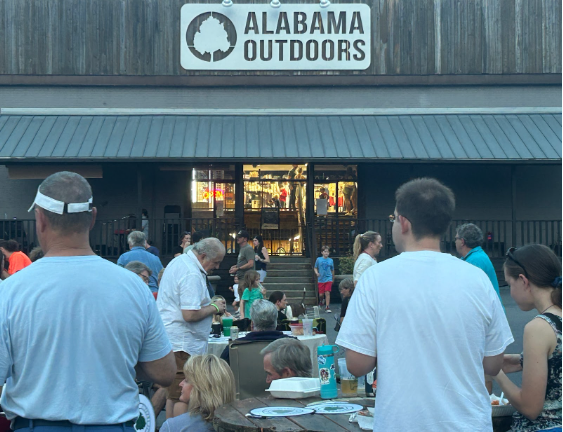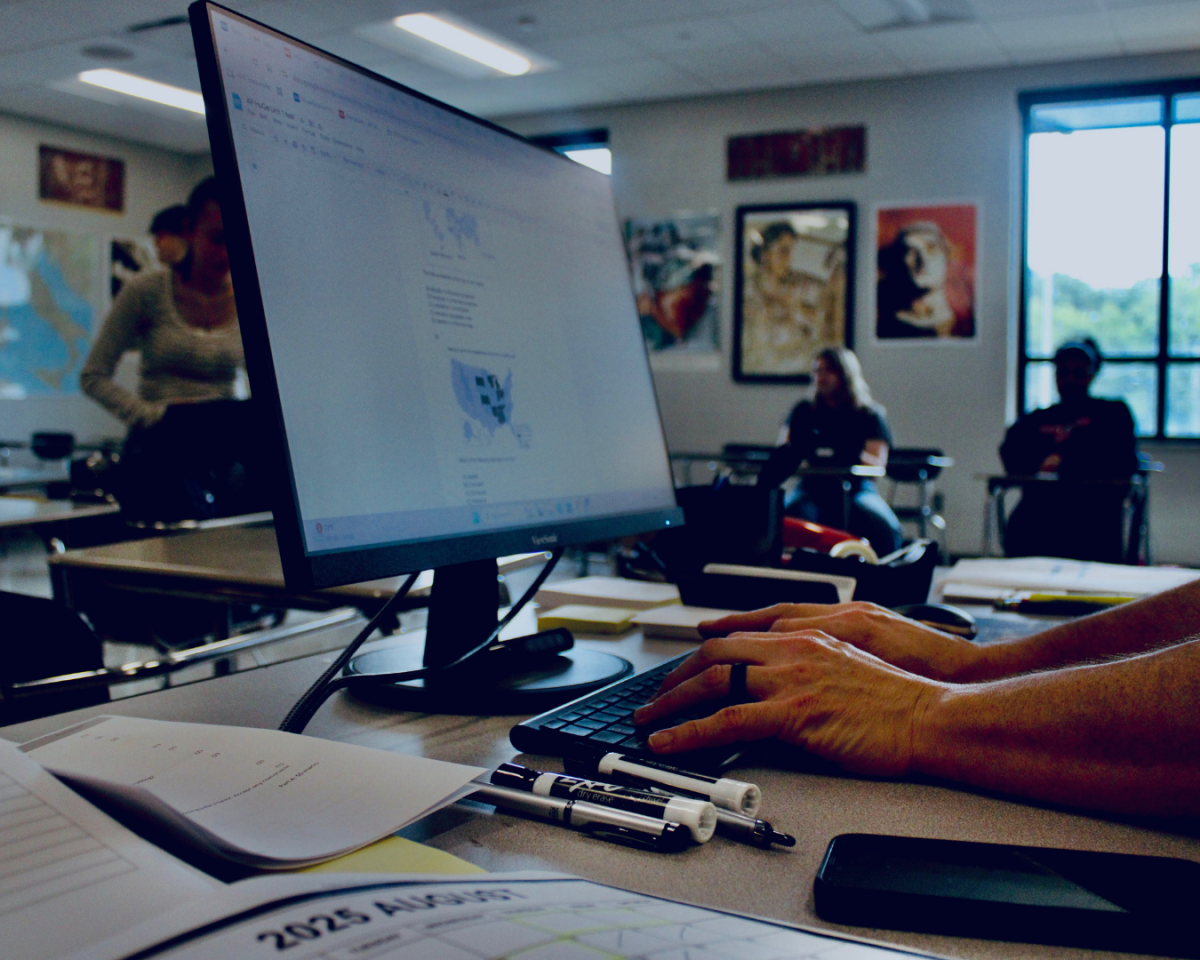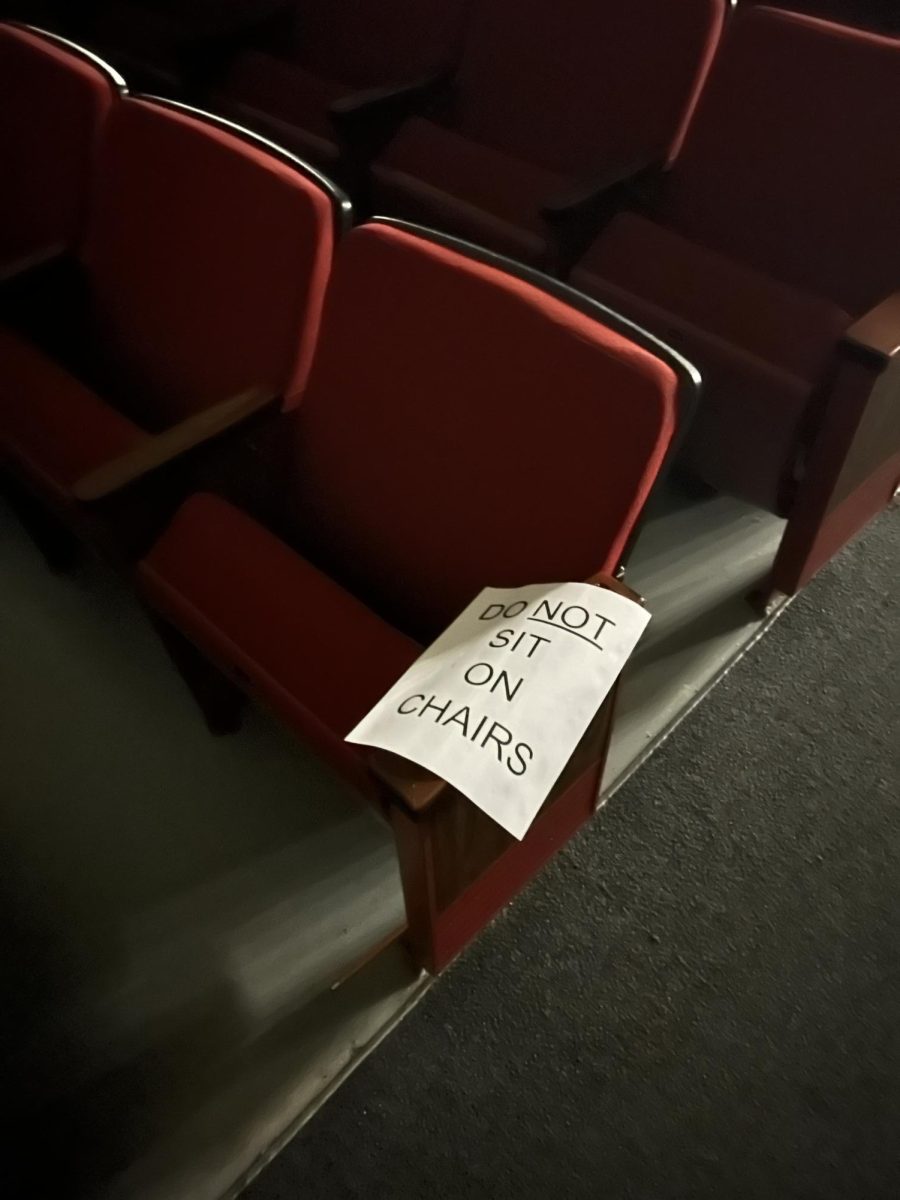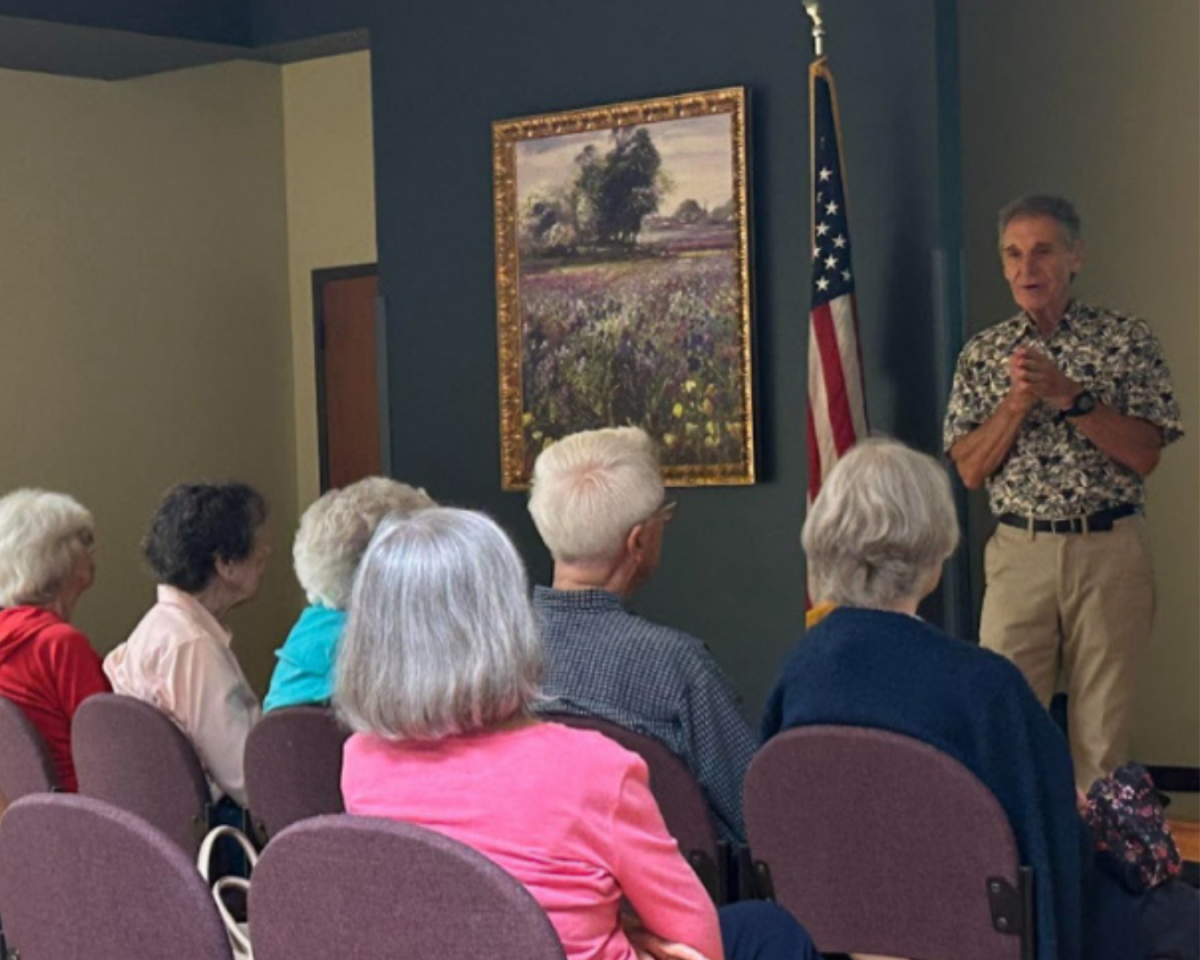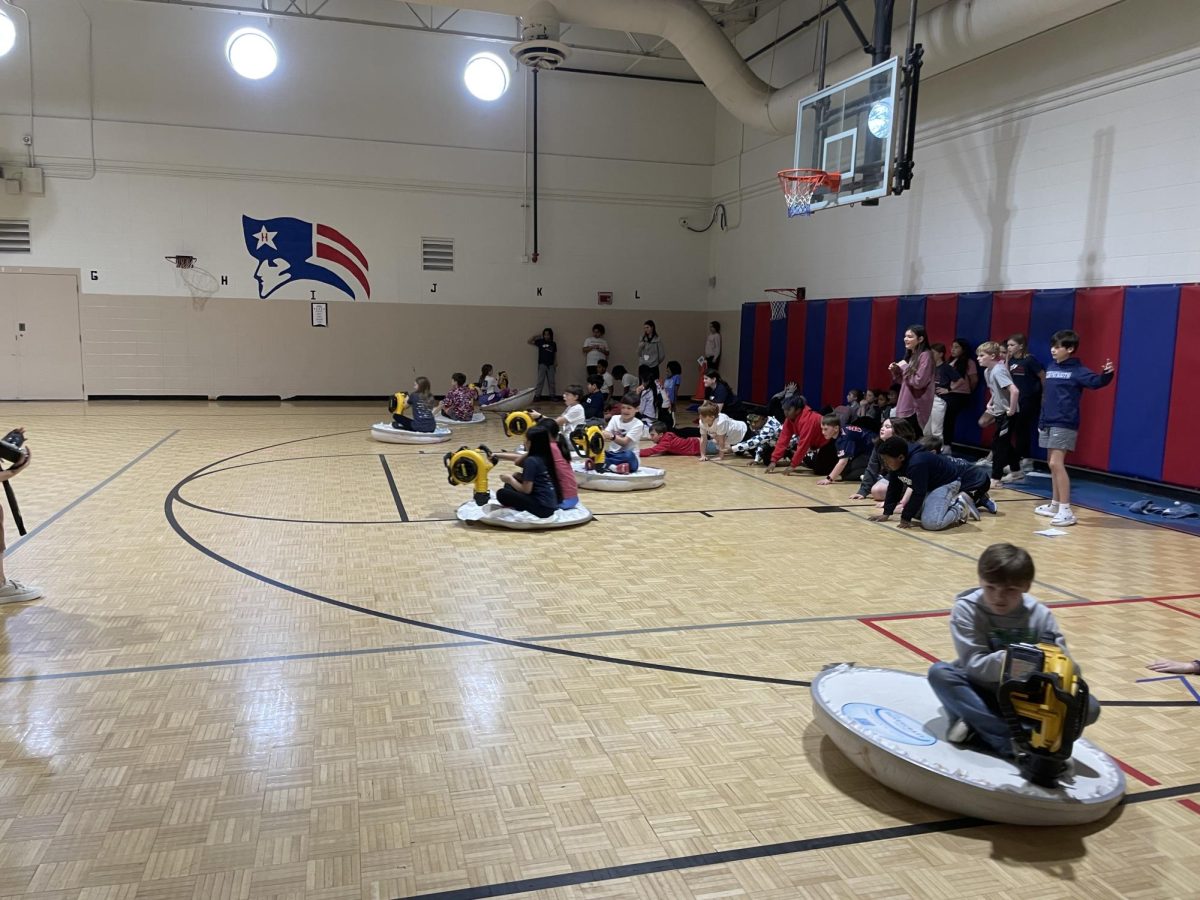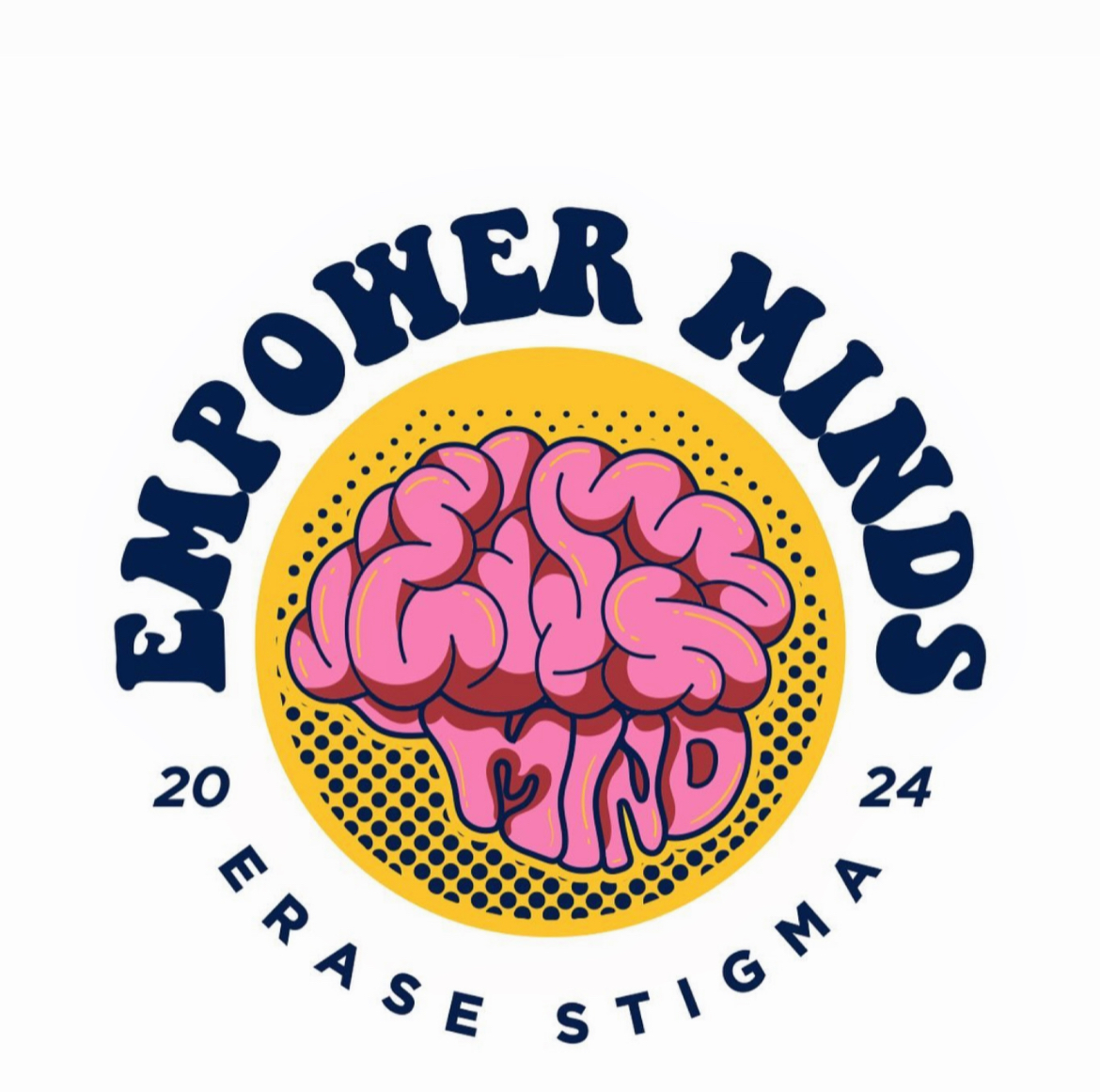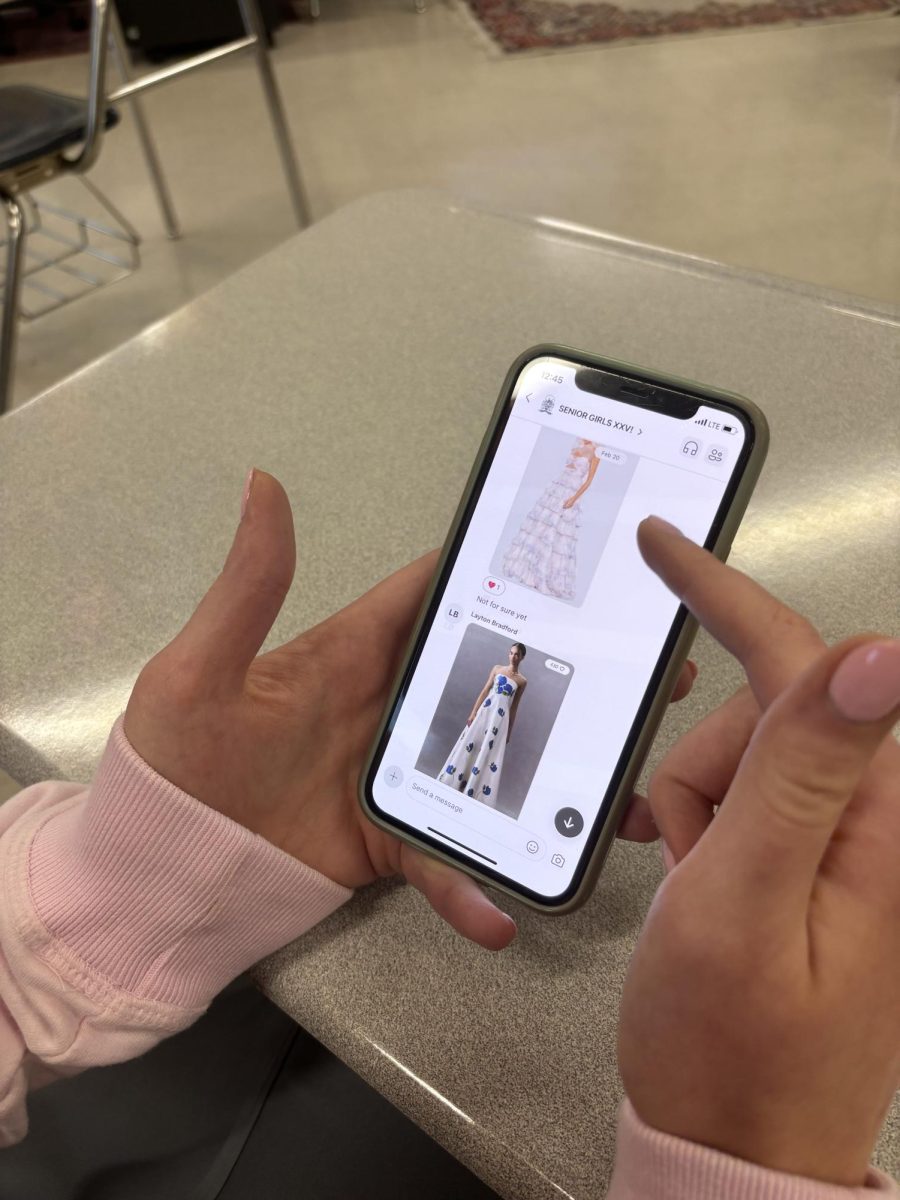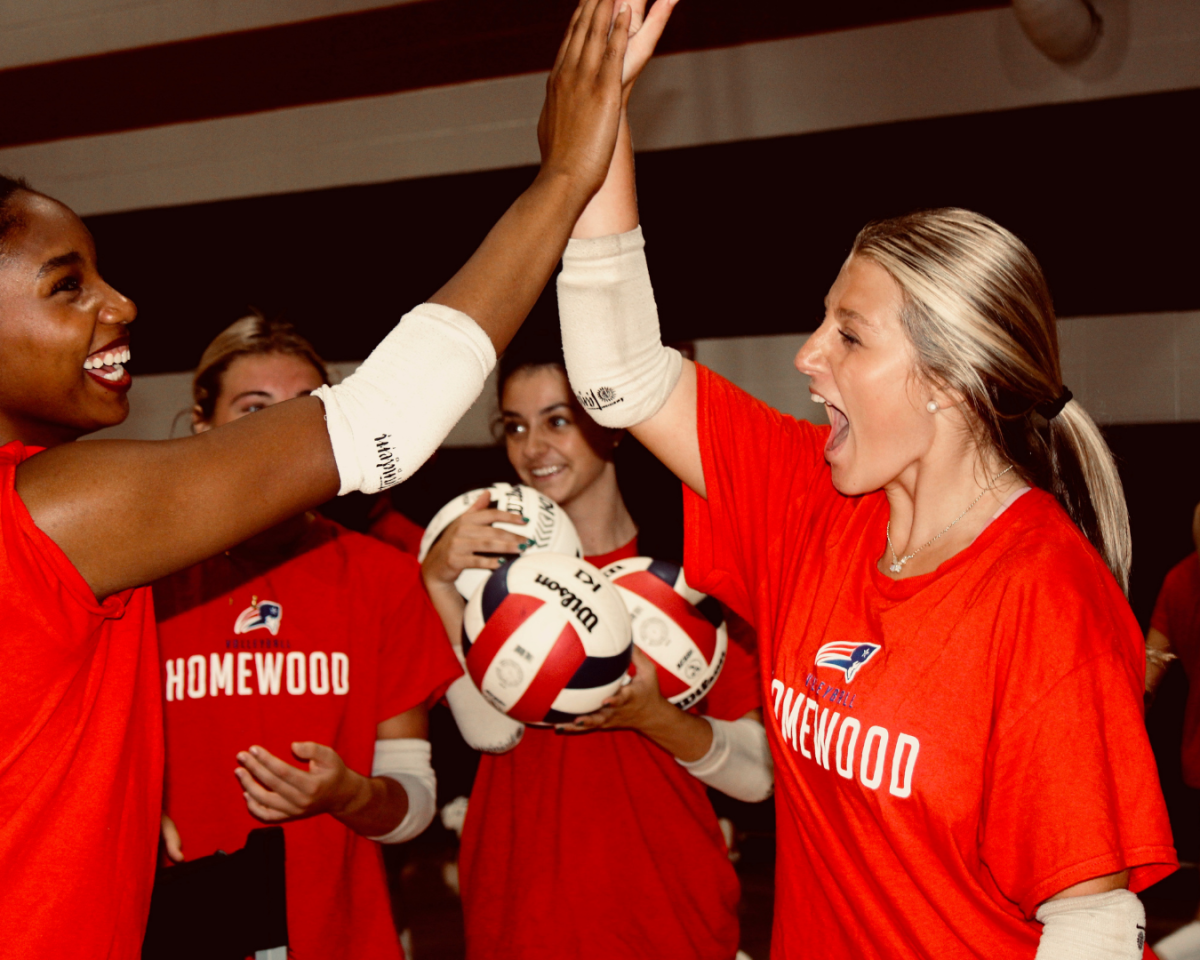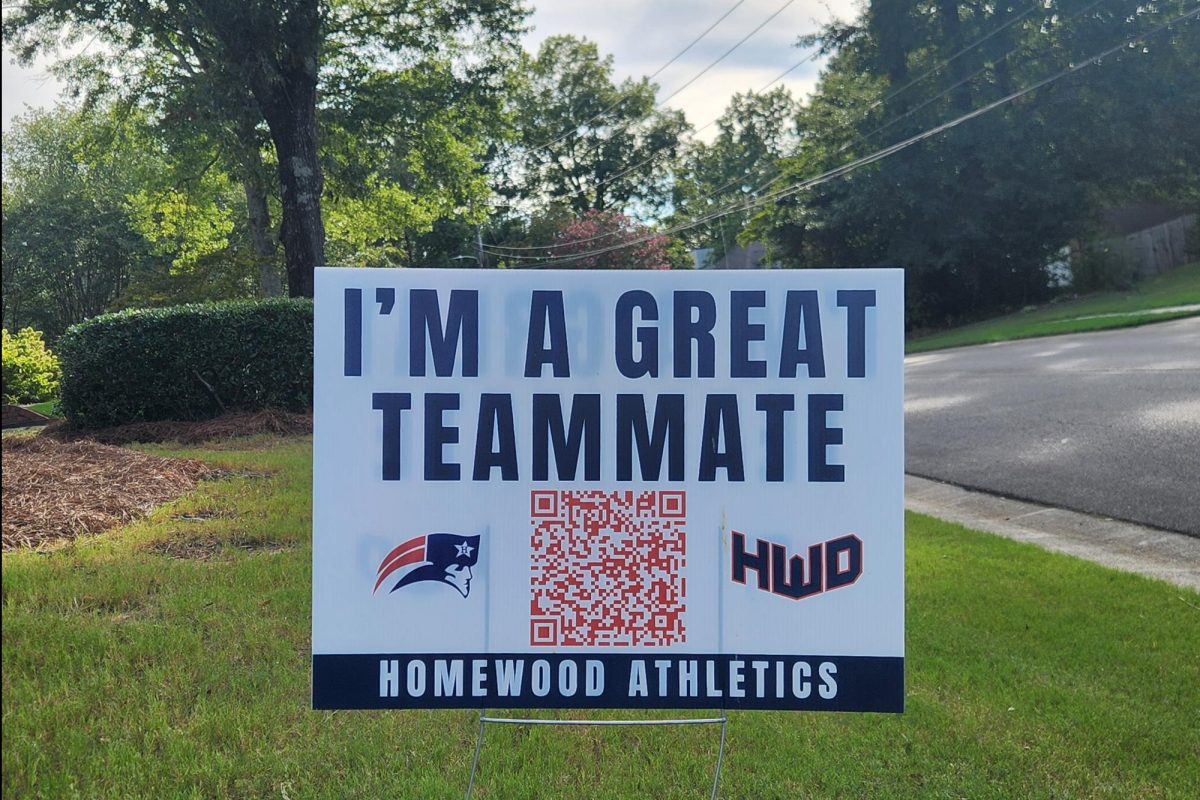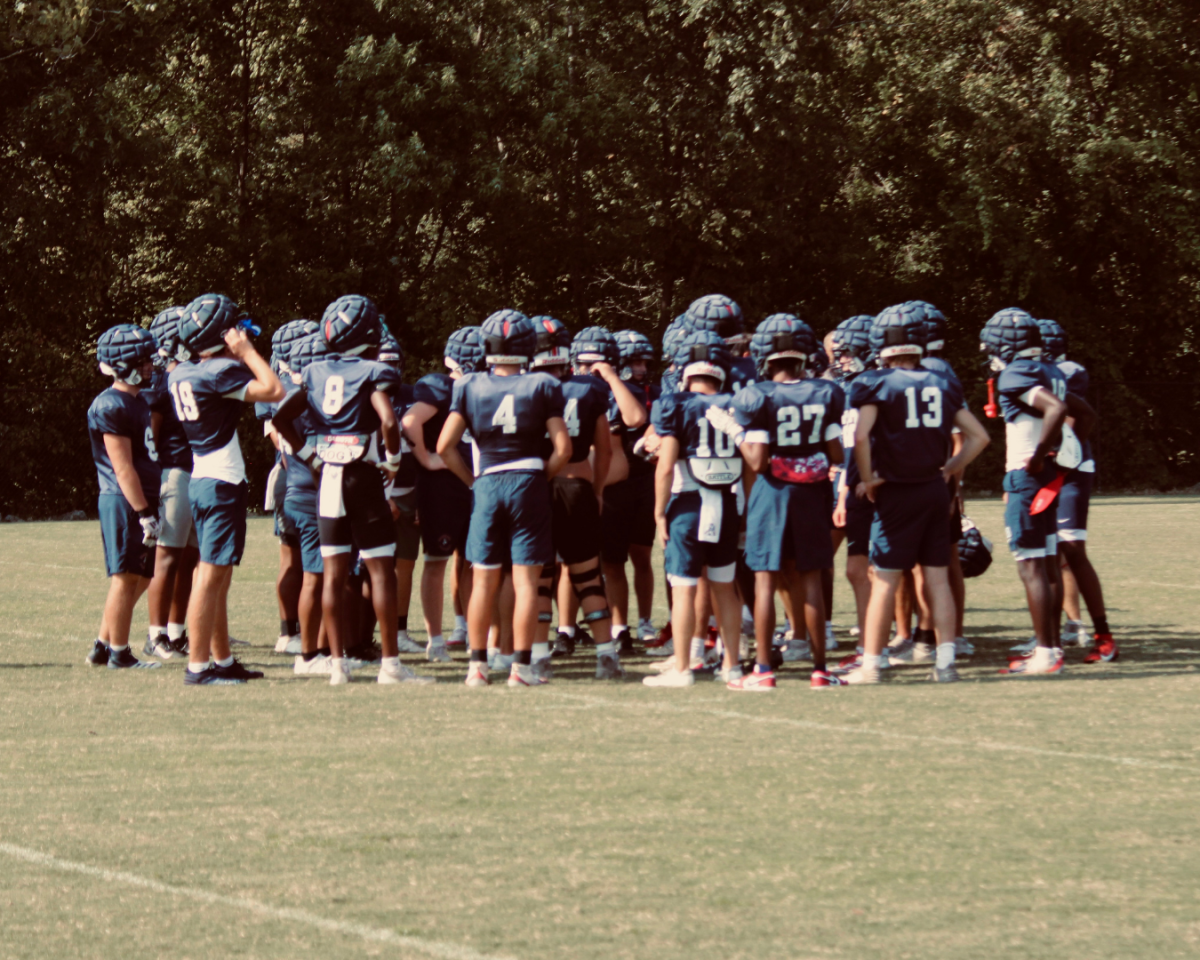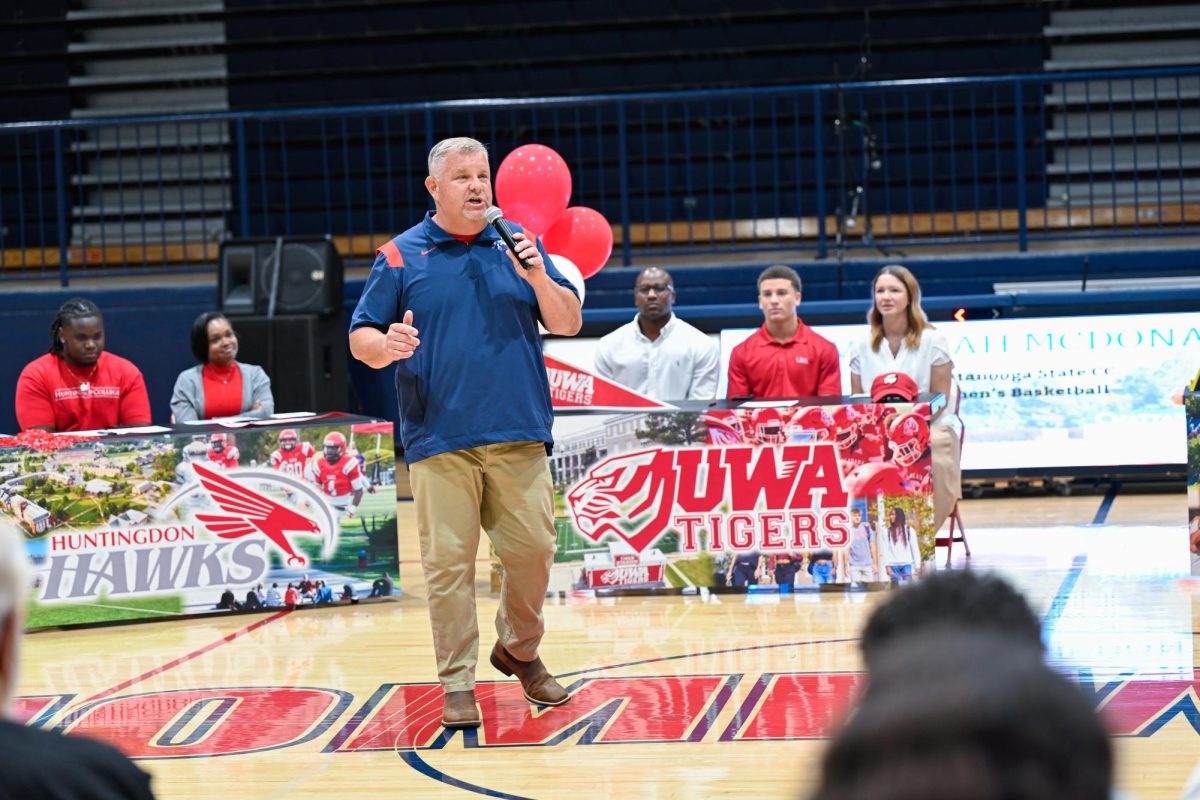After completing a two-year pilot course, HHS did not offer its American Sign Language (ASL) elective this year due to losing its designated teacher shortly before the school year began. Due to the continued lack of in-person instructors, the course will again not be offered to students for the 2024-25 school year.
Assistant principal and curriculum director Mindy McBride said announcing that the course would be unavailable this year was unfortunate news to deliver to students, but was a necessary decision given a last-minute change coming into the school year.
“We believed that we were all set, but unfortunately right before school [our teacher] notified us saying they were going to take another job,” McBride said.
Two years ago ASL students at Homewood were enrolled in a virtual course, but after such effective instruction last year with an in-person teacher, in-person instruction is the preferred method for teaching ASL.
“[In-person] was just a much more successful and more productive way to learn ASL,” McBride said.
Students eager to learn ASL can find other opportunities in the city according to Cristina Castor, head of the children’s department at the Homewood Public Library.
Castor said The Alabama Institute for the Deaf and Blind offers evening classes once a week for students 15 years and older, and Jefferson State Community College offers online ASL courses for those unable to meet in person.
Castor’s children’s department does offer two ASL classes, but those are geared toward younger students. The library’s ASL for Kids program is one Thursday a month after school. Joseph Kaplan, an educator from the Alabama Institute for the Deaf and Blind, teaches the course.
The Homewood Public Library used to host a Baby Sign Time on Saturday mornings, taught by local educator Kayren Mjumbe-Carter. That program is not currently running, however the HPS children’s department does implement ASL into its story time with toddlers.
Castor said it makes perfect sense to learn ASL, even at these young ages.
“Not only does [ASL] promote inclusivity, but it also prepares anyone who meets someone who is deaf or hard of hearing to be able to communicate comfortably,” she said. “But most importantly, making sure that people who are deaf or hard of hearing can feel comfortable, appreciated and included.”

